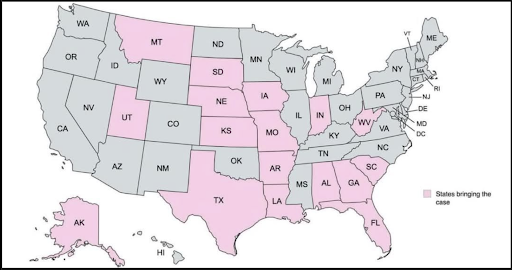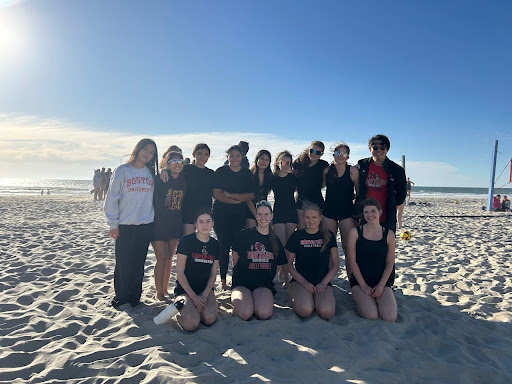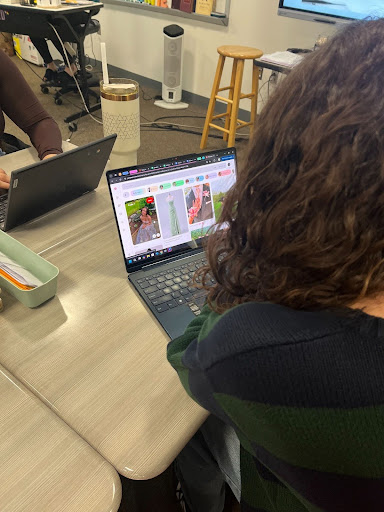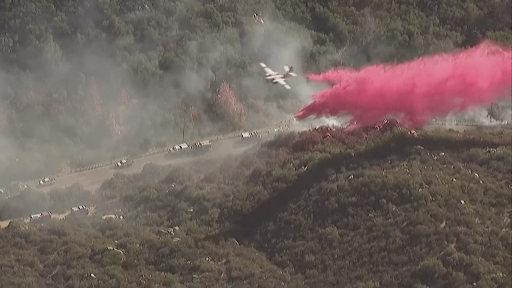National Parks across the US are facing significant challenges as federal worker layoffs take effect, following direct orders from the White House.
Starting March 13, the National Park Service (NPS) has already let go of approximately 1,000 employees, with more cuts to be expected in the upcoming months.
But why is this happening? It is all due to President Trump and advisor Elon Musk’s plan to reduce the size of the federal government.
I had the pleasure of speaking with Mrs. Ramirez, an avid national park visitor, who shared, “I personally love going to national parks, backpacking, and hiking in them.” When asked her opinion on these layoffs, she says, “ I do not agree with layoffs for the national parks. I think it puts them in jeopardy in many different ways.”
Ramirez continues, delving into the political nature of the situation. “Obviously, his priority is not going to be preservation.”
This refers to the Trump administration being the ones to cut park staff, a move many believe overlooks the critical role these employees play in preserving national parks. Some critics believe these layoffs align with broader efforts to increase resource extraction on public lands.
The National Park Service itself has shown signs of distress. Ramirez pointed to a powerful symbol of the crisis, saying, “It’s very telling when a national park allows for a flag to be put upside down, basically saying, ‘We’re in distress, we need help.’ That is very telling because national parks do not normally get political.”
The National Park Service says their mission is to preserve “the natural and cultural resources and values of the National Park System for the enjoyment, education, and inspiration of this and future generations.”
With fewer employees to maintain and protect these treasured sites, many worry that the parks will struggle to stay true to their mission, and will suffer from reduced upkeep, shorter hours, and a diminished visitor experience.
Many worry about the long-term effects of these staffing cuts. Parks are already seeing closures of visitor centers and reductions in essential maintenance work.
Ramirez noted, “There are large spots of land in the national parks that won’t be able to be maintained now, and that’s a lot of preserved land that needs to be taken care of—even if it’s on a selfish level, like we don’t want massive fires to break out in the national parks because nobody is maintaining the area and making sure dead foliage is removed, which is part of their job.”
Yosemite National Park in California, for example, is one of the most popular national parks, attracting over 3.9 million visitors annually due to its breathtaking scenery and camping opportunities. But with staffing shortages, the park’s ability to manage tourism effectively may be compromised.
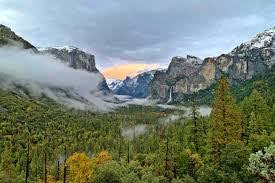
Many Americans who visit national parks for their seasonal trips are voicing concerns about what these layoffs mean for their experiences.
In 2024 alone, the National Park System recorded approximately 325 million visitors nationwide. Parks rely heavily on seasonal employees to help manage these high visitor numbers, especially during peak months. However, many of these positions are now being left vacant.
Furthermore, these seasonal positions are often filled by students during the summer.
Lincoln Larson, an associate professor of parks, recreation and tourism management at NC State, elaborates on this, saying “Seasonal jobs are often filled by students, particularly during the summer months, and these jobs can be quite difficult because they don’t offer the same benefits or security that full-time positions offer. It’s honestly no way to make a stable living.”
These roles, while often unseen by the general public, are crucial for maintaining trails, providing visitor assistance, and ensuring the overall safety and cleanliness of park facilities. Without these workers, everything from emergency response times to campground maintenance could be affected.
As a teacher, Ramirez finds the situation especially disappointing for young people.
“I think it’s really sad because whether it’s just a seasonal job, it’s a great experience and a great way to teach young people about nature and how to get out into nature, cultivating a love of nature in young people—which I don’t think we do enough nowadays. On top of it, it’s also making young people miss out on the opportunity to see if that’s something they want to do with their lives—a career in the national parks.”
Environmental organizations and park advocacy groups have expressed deep concern over the impact of these layoffs. Kristen Brengel, senior vice president of government affairs at the National Parks Conservation Association, a nonprofit that advocates for the NPS, described the situation as “heartbreaking.”
“This is just such a sad situation,” Brengel said. “We hope the dedication that people have to working in the parks comes through and we can see parks staffed well this summer. But with all the chaos going on, it’s just concerning.”
The full consequences of these layoffs are yet to unravel, the future of national parks uncertain. As debates continue over the federal government’s budget priorities, many hope that the value of national parks will not be overlooked.
Put simply by Ramirez, “It’s a sad time for the national parks.”
Many people could not agree more.
For now, the question remains: Can the National Park Service continue to fulfill its mission in the face of shrinking resources?



